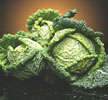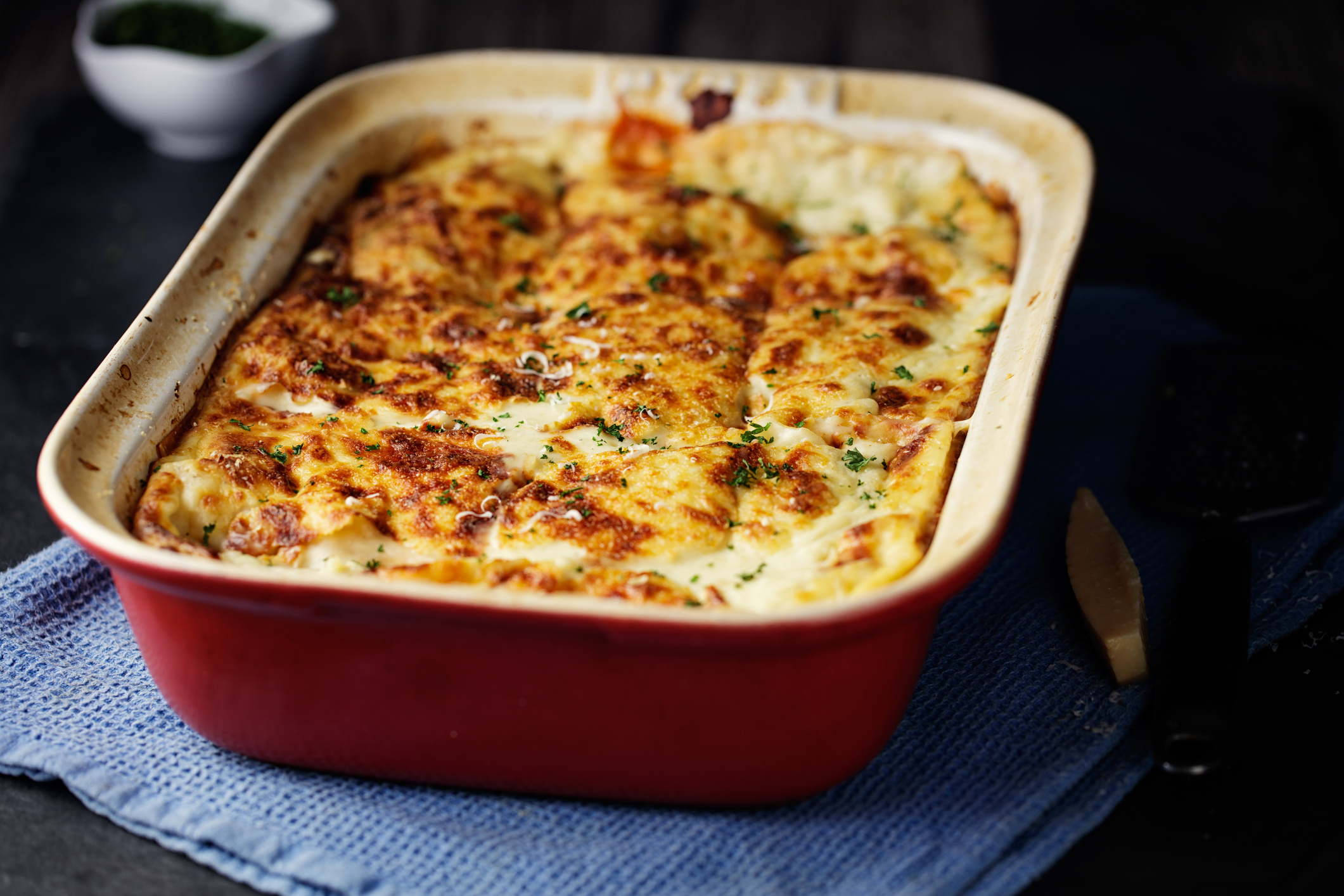Gardening tips for late July
This week, attention is required on Chinese cabbage, organic parsley, pea shoots and measures against summer wind damage


Chinese cabbage
Chinese cabbage matures in six or seven weeks, can be eaten raw or cooked, and is an excellent vegetable for this time of the year, being something fresh and different for the table. It needs warm temperatures, but if sown before July, it might bolt prevent this by sowing through to August. We find that the best results are obtained by sowing in plug trays, not in open ground, and then planting out as soon as the cabbages are big enough to handle. This way, you’ll get assured germination and predictable cropping. As it’s a member of the brassica family, seedlings outside can be prone to flea beetle attack.
Organic parsley
It’s worth sowing more parsley seeds now to keep continuity during autumn and winter, even if the slow germination puts some people off growing it. Parsley’s best sown indoors in good compost, kept on a warm window-sill or heated bench, and, when large enough to handle, potted-up into a 3in pot. It does well when planted outside, but do keep one or two pots at hand in the kitchen while the others acclimatise. Here in Lincolnshire, we use curly parsley in our speciality, Stuffed Chine, but many people prefer flat-leaved.
Pigeons
It’s important to protect your brassicas from attentive pigeons now that the farmers’ oil seed rape has set seed. We’ve found that pigeons nesting in the garden quickly get used to humans and our barriers; they will ignore protection and get down to a hearty breakfast when we’re still in bed. Builders’ red-and-white-striped tape, old CDs strung to a cane or, at a pinch now that they’re rarer, a plastic bag tied to a stick will all deter the wilder pigeons. It’s more effective to put wire netting around the bed and bird netting over the top, although you’ll have to remove the net to do weeding.
Summer wind damage
Sign up for the Country Life Newsletter
Exquisite houses, the beauty of Nature, and how to get the most from your life, straight to your inbox.
It pays to keep an eye on your fruit trees so that you don’t lose branches because of the weight of fruit. Plums are especially vulnerable if they have a good fruit set coinciding with heavy rain or high winds. It’s better to lose some fruit by thinning rather than risk permanent damage to the tree. New raspberry canes are also prone to wind damage, and it’s worth tying them in temporarily when the old canes are still fruiting. The new flowering growths of climbing roses are vulnerable, especially those on pillars, so it’s a good idea to tie them in, too.
Pea shoots
Celebrity chefs are recommending pea shoots for salads, but be warned that picking them will slow down flowering. It would be better to sow some leftover seeds specifically for picking shoots; they can be sown at any time during the growing season. Make sure the household know which plants they may pick for salads and which they should leave untouched.
Philip Maddison is head gardener at Harrington Hall, Lincolnshire (www.harringtonhallgardens.co.uk). There will be a charity open day at the gardens this Sunday, July 20, 2–5pm, in aid of St Barnabas Hospices.
Country Life is unlike any other magazine: the only glossy weekly on the newsstand and the only magazine that has been guest-edited by HRH The King not once, but twice. It is a celebration of modern rural life and all its diverse joys and pleasures — that was first published in Queen Victoria's Diamond Jubilee year. Our eclectic mixture of witty and informative content — from the most up-to-date property news and commentary and a coveted glimpse inside some of the UK's best houses and gardens, to gardening, the arts and interior design, written by experts in their field — still cannot be found in print or online, anywhere else.
-
 'Monolithic, multi-layered and quite, quite magnificent. This was love at first bite': Tom Parker Bowles on his lifelong love affair with lasagne
'Monolithic, multi-layered and quite, quite magnificent. This was love at first bite': Tom Parker Bowles on his lifelong love affair with lasagneAn upwardly mobile spaghetti Bolognese, lasagne al forno, with oozing béchamel and layered meaty magnificence, is a bona fide comfort classic, declares Tom Parker Bowles.
By Tom Parker Bowles
-
 Country houses, cream teas and Baywatch: Country Life Quiz of the Day, April 24, 2025
Country houses, cream teas and Baywatch: Country Life Quiz of the Day, April 24, 2025Thursday's Quiz of the Day asks exactly how popular Baywatch became.
By Toby Keel